Petrol: The most expensive and cheapest nations
With average petrol prices touching historic highs, a plenty of Indians are worried over the cost of filling up.
Experts say the price of petrol is skyrocketting because of the unrest in the Middle East and rising demand, especially from developing countries.
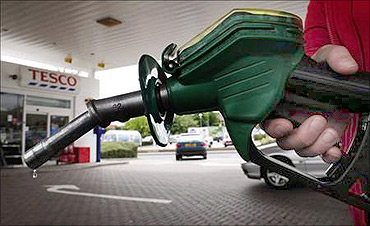
Even though prices in India are high, they are still lower than most of the European countries, where high taxes and lack of subsidies mean going to a petrol station to fill up your car can really make a dent in your wallet.
Around the world, petrol prices in countries such as Turkey, Eritrea and Norway are the highest, while in Saudi Arabia and Venezuela they are lowest.
Let us have a look at what people are paying at petrol pumps around the world.
Turkey: Rs 114.50 per litre
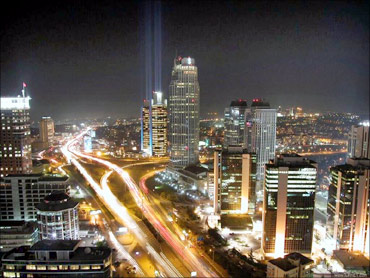
Although Turkey has made a good start at addressing its energy problems; some analysts feel that more attention needs to be paid to conservation and pricing policies to limit the growth of demand.
In Turkey, industry is the major consumer of energy, and industrial consumption is expected to grow rapidly if left unchecked.
Price of petrol in Turkey is the highest in the world. It costs about Rs 114.50 per litre there.
Eritrea: Rs 114.03 per litre
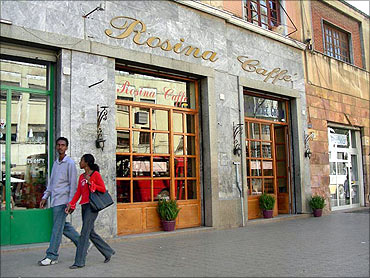
The two-year war between Eritrea and Ethiopia that began in 1998 badly affected Eritrea’s economy, as Ethiopia was one of Eritrea’s major trading partners.
In June 2000, Ethiopia and Eritrea signed a cessation of hostilities agreement.
In Eritrea, petrol prices are among the highest in the world and a tad lower than those in Turkey.
Petrol costs Rs 114.03 per litre in the African country.
Norway: Rs. 110 per litre

Norway is the third-largest oil exporter in the world, producing around 3 million barrels of oil per day, and the world’s sixth-largest producer of natural gas, having significant gas reserves in the North Sea.
With so much oil, Norwegians should be paying less, but high taxes mean they are paying than most of us.
The tax increase is part of a wider government strategy to fight climate change by pushing Norwegians to leave their car at home.
Petrol costs about Rs 110 per litre there.
Greece: Rs 101.07 per litre
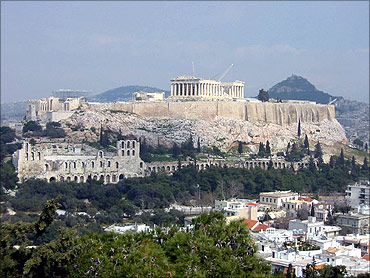
Oil is Greece’s most important fuel source, accounting for 62 per cent of total energy consumption.
But oil’s share is slowly falling, as natural gas becomes more important in the Greek energy market.
Oil is imported primarily from Iran, Saudi Arabia, Russia, Libya and Egypt.
Petrol costs about Rs 101.07 per litre there.
Denmark: Rs 100 per litre

Denmark has proven oil reserves of 1.113 billion barrels or 0.08 per cent of the world’s reserves, according to BP Statistical Energy Survey.
High taxes and lack of subsidies mean Danes are paying a lot more than most of the world.
Petrol costs Rs 100 per litre there.
Sweden: Rs 97.27 per litre
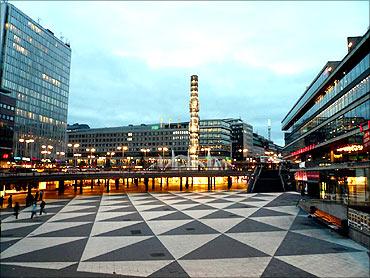
Sweden is to take the biggest energy step of any advanced Western economy by trying to wean itself off oil completely within 15 years — without building a new generation of nuclear power stations.
The attempt by the country of 9 million people to become the world’s first practically oil-free economy is being planned by a committee of industrialists, academics, farmers, car makers, civil servants and others, who will report to parliament in several months.
Petrol costs about Rs 97.27 per litre there.
The United Kingdom: Rs 97.15 per litre

BP controls the largest total amount of refining capacity in the United Kingdom, with facilities in Grangemouth, Scotland and Coryton, England.
Other companies with significant refining capacity in the UK include Total, Shell, ConocoPhillips and ChevronTexaco.
In the United Kingdom, the cost of petrol is exorbitantly high.
Petrol costs Rs 97.15 per litre in the UK.
The Netherlands: Rs 95.25 per litre
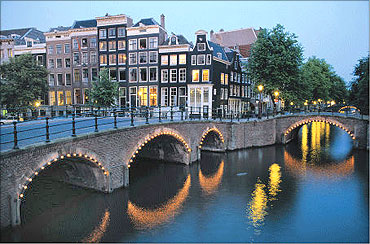
The Netherlands has a refining capacity totalling 1,233,000 barrels per day.
The Nerefco (Netherlands Refining Company) oil refinery is located in the Rotterdam port area and has the largest crude oil refining capacity in Europe.
Nerefco is a joint venture between BP and Chevron Texaco.
Petrol costs about Rs 95.25 per litre there.
Qatar: Rs 10.46 per litre
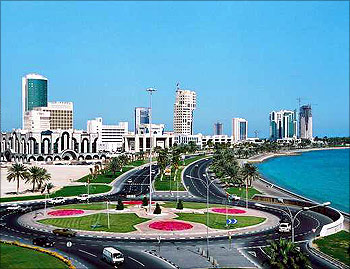
Petroleum is the cornerstone of Qatar’s economy and accounts for more than 70 per cent of total government revenue, more than 60 per cent of gross domestic product, and roughly 85 per cent of export earnings.
Petrol costs about Rs 10.46 per litre there.
Kuwait: Rs 9.63 per litre
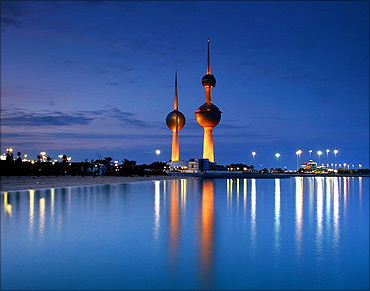
The petroleum industry in Kuwait is the largest industry in the country, accounting nearly half of the country’s GDP.
Kuwait has proven crude oil reserves of 104 billion barrels, estimated to be 10 per cent of the world’s reserves.
Kuwait’s oil reserves are the fourth-largest in the world.
Petrol costs about Rs 9.63 per litre there.
Bahrain: Rs 9.51 per litre
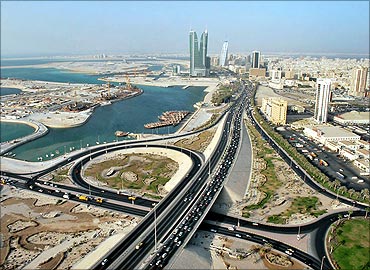
Petroleum and natural gas, the only significant natural resources in Bahrain, dominate the economy and provide about 60 per cent of budget revenues.
Bahrain was the first Gulf state to discover crude oil. Because of limited reserves, Bahrain has worked to diversify its economy over the past decade.
Petrol costs about Rs 9.51 per litre there.
Turkmenistan: Rs 8.55 per litre
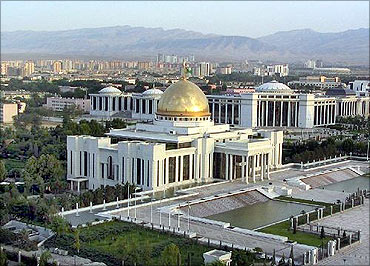
Turkmenistan has proven oil reserves of roughly 600 million barrels. It is possible, however, that oil reserves are over 2 billion barrels plus 6 billion barrels of undiscovered reserves.
Natural gas, crude oil and oil products make up about 80 per cent of the country’s exports.
Petrol costs about Rs 8.55 per litre there.
Saudi Arabia: Rs 5.35 per litre
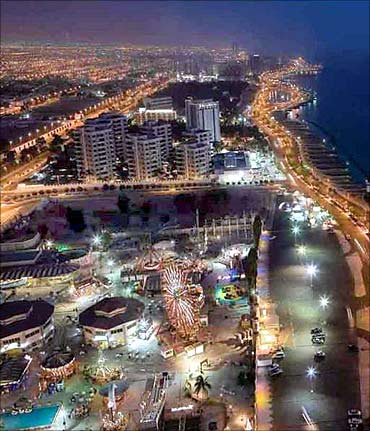
Saudi Arabia has an oil-based economy with strong government control over major economic activities.
Saudi Arabia possesses 25 per cent of the world’s proven petroleum reserves, ranks as the largest exporter of petroleum and plays a leading role in Organization of Petroleum Exporting Countries.
Petrol costs about Rs 5.35 per litre there.
Venezuela: Rs 0.71 per litre

The economy of Venezuela is largely based on the petroleum sector, which accounts for roughly a third of the country’s GDP, around 80 per cent of total exports, and more than half of the government operating revenues.
Venezuela is the fifth-largest member of Organization of Petroleum Exporting Countries by oil production.
Petrol costs only about Rs 0.71 per litre there.
The United States: Rs 43.7 per litre
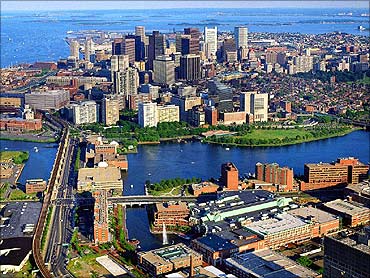
The United States is the largest energy consumer in terms of total use. This is three times the consumption by the United States in 1950.
The US ranks seventh in energy consumption per-capita after Canada and a number of small countries. The vast majority of this energy is derived from fossil fuels.
Energy consumption has increased at a faster rate than energy production over the past 50 years in the US. This difference is now largely met through imports.
Petrol costs about Rs 43.7 per litre there.
China: Rs 47.50 per litre
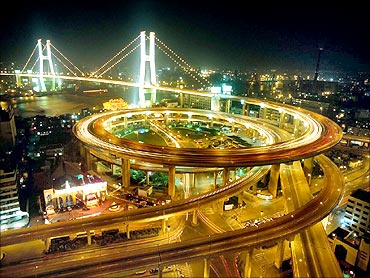
China is the world’s second-largest economy after the United States. It is the world’s fastest-growing major economy, with average growth rates of 10 per cent for the past 30 years.
China is also the largest exporter and second-largest importer of goods in the world.
Petrol costs about Rs 47.50 per litre there.
Pakistan: Rs 43.29 per litre
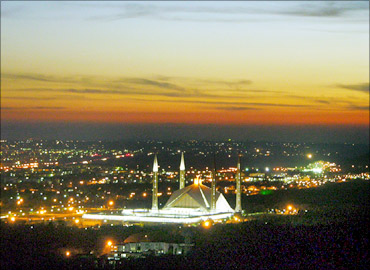
Pakistan has a semi-industrialised economy, which mainly encompasses textiles, chemicals, food processing, agriculture and other industries.
The economy has suffered in the past from decades of internal political/sectarian violence, a fast growing population and mixed levels of foreign investment.
Petrol costs about Rs 43.29 per litre there.
India: Rs 63 per litre

In recent years, India’s energy consumption has been increasing at one of the fastest rates in the world due to population growth and economic development.
Despite the overall increase in energy demand, per capita energy consumption in India is still very low compared to other developing countries. India is the world’s fifth-largest producer of wind power after Denmark, Germany, Spain and the US.
There is a significant potential in India for generation of power from renewable energy sources.
Petrol costs about Rs 63 per litre here.
Source : Rediff

